Health insurance drugs used at lower and upper levels are the same. The list of health insurance drugs was previously divided according to hospital class, but this regulation has now been removed. The health sector has also added new regulations on drug payment instructions.
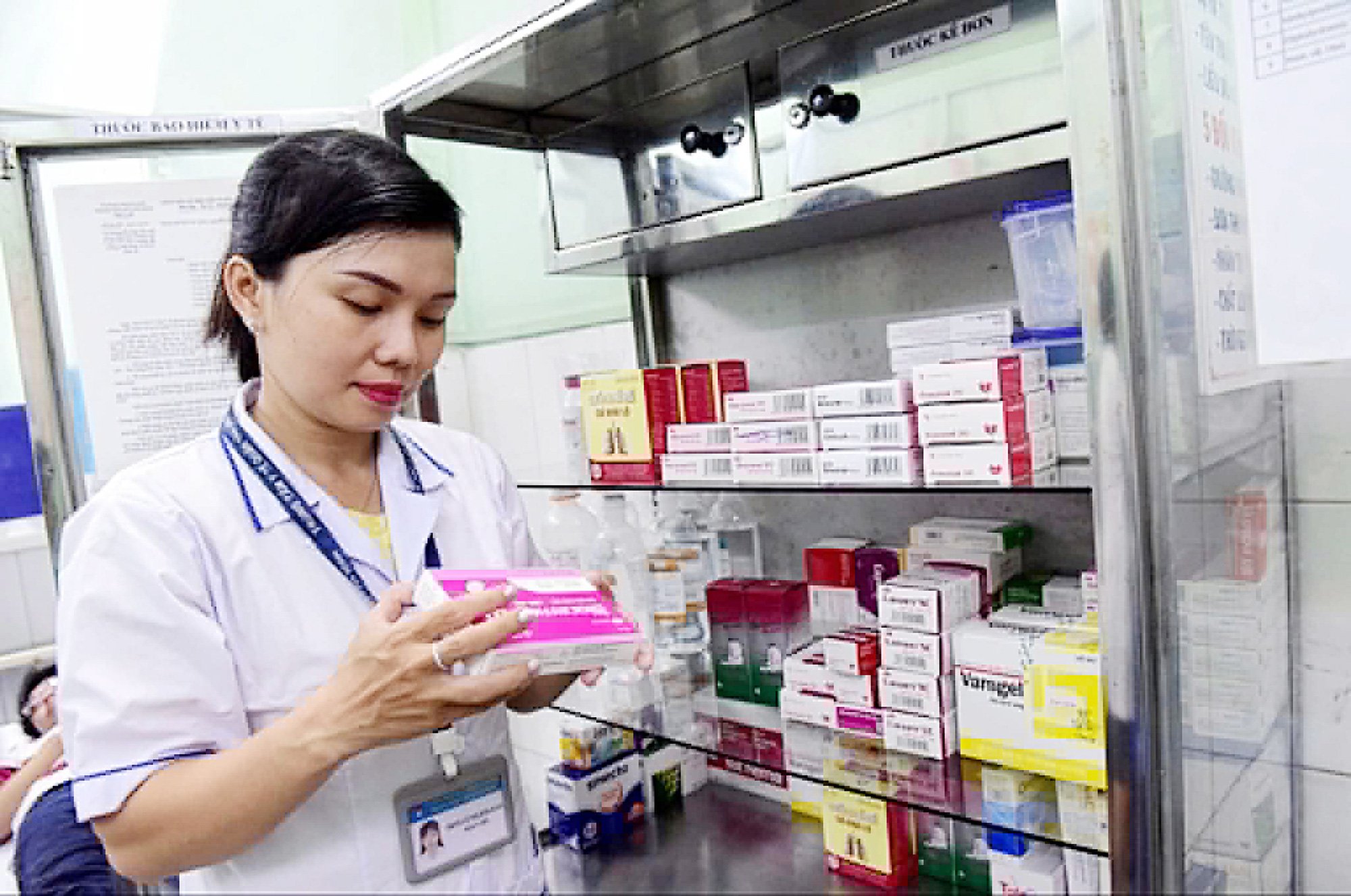
Nurse Le Thi Kim Ngan (medical station of ward 2, Tan Binh district, Ho Chi Minh City) gives medicine to patients - Photo: DUYEN PHAN
The list of health insurance drugs is currently classified according to hospital class, of which the list of drugs of health stations is only about 25%. This causes many chronic patients to go to higher levels to get their drugs instead of going to health stations near their homes.
Circular 37, recently issued by the Ministry of Health, effective from January 1, 2025, stipulates that medical facilities are allowed to use all drugs in the health insurance list in accordance with the scope of professional activities and treatment, regardless of hospital class or technical expertise level.
This regulation is expected by many people and medical facilities.
Supplementing medicine for the medical station, patients are happy
Currently, the health insurance fund is paying for more than 1,000 types of chemical and biological drugs. Of these, most of the drugs are used in hospitals of level II or higher, with about 795 drugs used in hospitals of level III, accounting for about 77%. Commune health stations are allowed to use about 262 drugs, accounting for 25.26%, and some drugs are used to treat acute chronic diseases at the station according to the diagnosis and treatment guidelines of the Ministry of Health.
Sharing with Tuoi Tre, Ms. Nguyen Thi Minh Tam - head of the medical station of Vien Noi commune, Ung Hoa district, Hanoi - said that the area is currently providing initial medical examination and treatment to more than 4,000 people.
Many of the elderly suffer from chronic diseases such as diabetes, high blood pressure, gout...
There are patients who need to be given 5-6 types of medicine, but the health station only has 3-4 types of health insurance medicine. Therefore, people have to go to the district level to get medicine or have to pay for it themselves.
"The fact that the medical station is provided with the same medications to treat chronic diseases as higher-level clinics will help people save time traveling. Especially, these people are all elderly, have difficulty traveling, and need support," Ms. Tam shared.
She also said that when the list of health insurance drugs at the health station is supplemented, it will help reduce the burden on the upper level, and chronic patients will be managed and given medicine from the local level.
As a patient with high blood pressure and diabetes who has been treated stably for many years, Ms. Nguyen Thi Lan (69 years old, Hanoi) often has to go to the district hospital 10km from her home for regular check-ups and to get medicine.
Ms. Lan shared that every month she has to go to the district hospital to get medicine because the health station has not been given medicine to treat diabetes, only medicine to treat high blood pressure. In addition, the health station does not have the blood pressure medicine she is using.
"If the medical station had more medicine to treat chronic diseases, people would be very happy," Ms. Lan said.
Drug route ensures the rights of health insurance participants
According to the new regulations, medical facilities are allowed to use all drugs in the health insurance list in accordance with the scope of professional activities and treatment, regardless of hospital class or technical expertise level.
At the same time, remove the regulation on dividing the drug list according to hospital class, and add new regulations on drug payment instructions.
Explaining this regulation, Ms. Vu Nu Anh, Deputy Director of the Health Insurance Department (Ministry of Health), said that medicine is always an important component and accounts for a large proportion of the total cost of medical examination and treatment covered by health insurance.
She said that the list of drugs and regulations on health insurance payment are implemented according to Circular No. 20/2022, but there are some problems that need to be revised, supplemented, and adjusted to suit the actual situation. Therefore, the Ministry of Health issued Circular 37 to remove difficulties for hospitals and make it convenient for patients.
Ms. Anh informed that medical facilities are allowed to use all drugs in the list, in accordance with the scope of professional activities, diagnosis and treatment guidelines, regardless of hospital class or technical level. This will contribute to increasing access to drugs for patients and medical examination and treatment facilities, while improving the professional capacity of staff at commune health stations.
Need to improve primary health care capacity
Speaking with Tuoi Tre, Dr. Ha Ngoc Cuong, Phu Tho General Hospital, said that updating the list of treatment drugs for medical stations to ensure professional and technical requirements will help people be more convenient and reduce the burden on upper-level facilities.
"However, the most important thing to do now is to improve facilities, equipment and expertise at the grassroots level. If the health station has enough expertise and equipment to monitor patients and enough medicine to dispense, it will help reduce the burden on patients a lot. Especially in remote areas, travel is still difficult," Dr. Cuong shared.
Mr. Be Van Khanh, Director of Trang Dinh District Medical Center, Lang Son Province, also said that this regulation mainly affects grassroots healthcare. However, the current capacity of grassroots healthcare is still limited, and people are not very "interested".
Therefore, it is necessary to have a policy to improve the quality of primary health care, attract high-quality human resources, so that people can trust. In addition, it is also necessary to calculate and register a list of drugs suitable for the residential area and disease model to avoid wasting drug resources if not used up.
Make it easy for patients
Ms. Tran Thi Trang - Director of the Health Insurance Department, Ministry of Health - said that this regulation will help patients after initial diagnosis at higher levels, specialized, high-tech, to be able to return to the commune health center or district hospital for care, patients will be able to receive disease management at lower levels, and receive the same medicine as at higher levels.
For example, cardiovascular drugs, high blood pressure, diabetes... as when examined at provincial hospitals or hospitals under the Ministry of Health.
"This regulation creates conditions for the development of grassroots healthcare by ensuring fairness in access and payment for health insurance for drugs. At the same time, it contributes to limiting the situation of patients choosing to go to medical examination and treatment at highly specialized and technical facilities, reducing the overload situation at some highly specialized and technical facilities," Ms. Trang emphasized.
Source: https://tuoitre.vn/thong-tuyen-thuoc-benh-vien-loi-doi-duong-20241120104939906.htm


![[Photo] General Secretary To Lam visits exhibition of achievements in private economic development](https://vphoto.vietnam.vn/thumb/1200x675/vietnam/resource/IMAGE/2025/5/18/1809dc545f214a86911fe2d2d0fde2e8)


![[Photo] More than 17,000 candidates participate in the 2025 SPT Competency Assessment Test of Hanoi National University of Education](https://vphoto.vietnam.vn/thumb/1200x675/vietnam/resource/IMAGE/2025/5/17/e538d9a1636c407cbb211b314e6303fd)
![[Photo] National conference to disseminate and implement Resolution No. 66-NQ/TW and Resolution No. 68-NQ/TW of the Politburo](https://vphoto.vietnam.vn/thumb/1200x675/vietnam/resource/IMAGE/2025/5/18/adf666b9303a4213998b395b05234b6a)

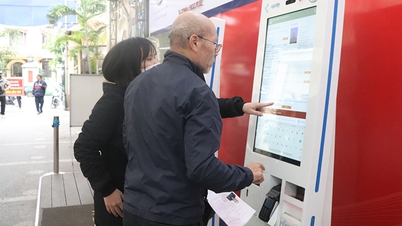




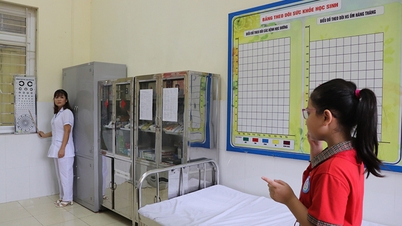

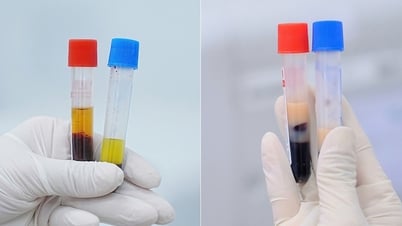


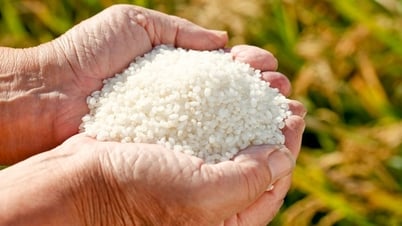
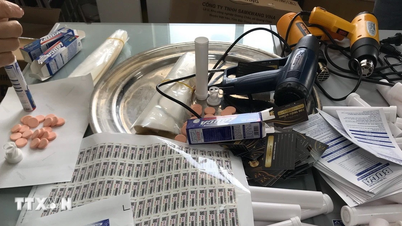

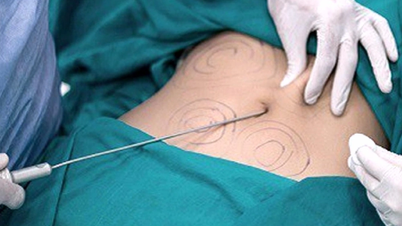

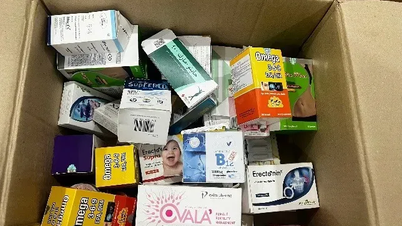











![[Photo] Prime Minister Pham Minh Chinh chairs meeting on science and technology development](https://vphoto.vietnam.vn/thumb/1200x675/vietnam/resource/IMAGE/2025/5/17/ae80dd74c384439789b12013c738a045)







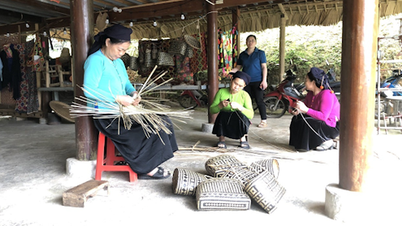



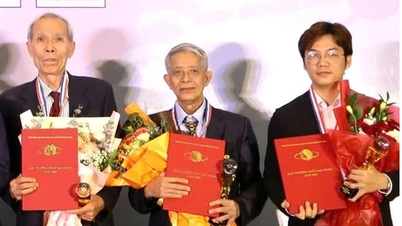









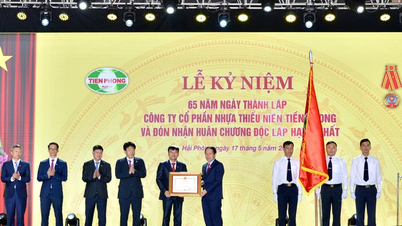




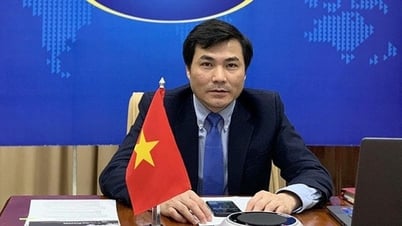
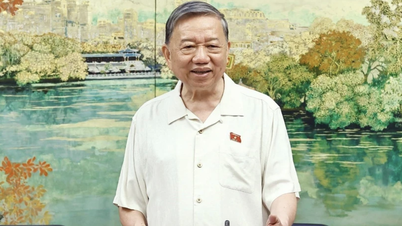
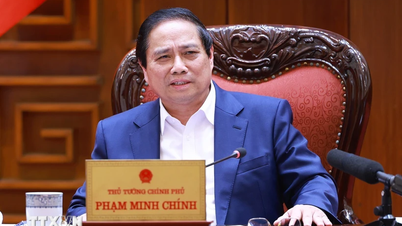


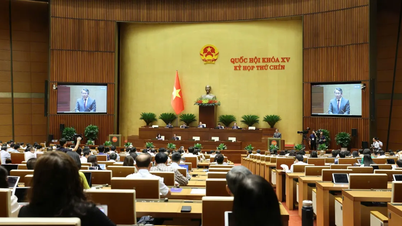
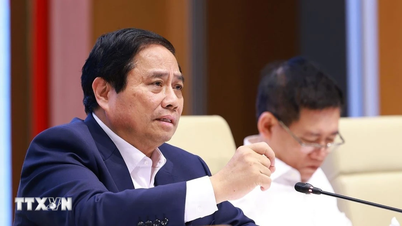


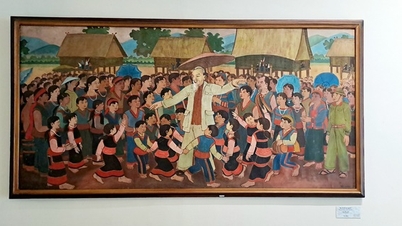

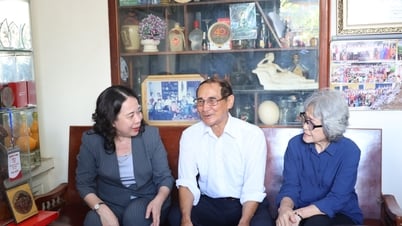







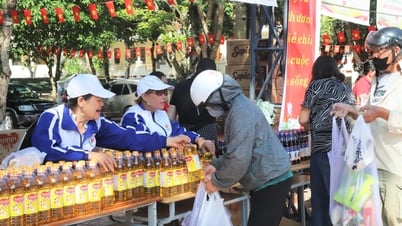
















Comment (0)